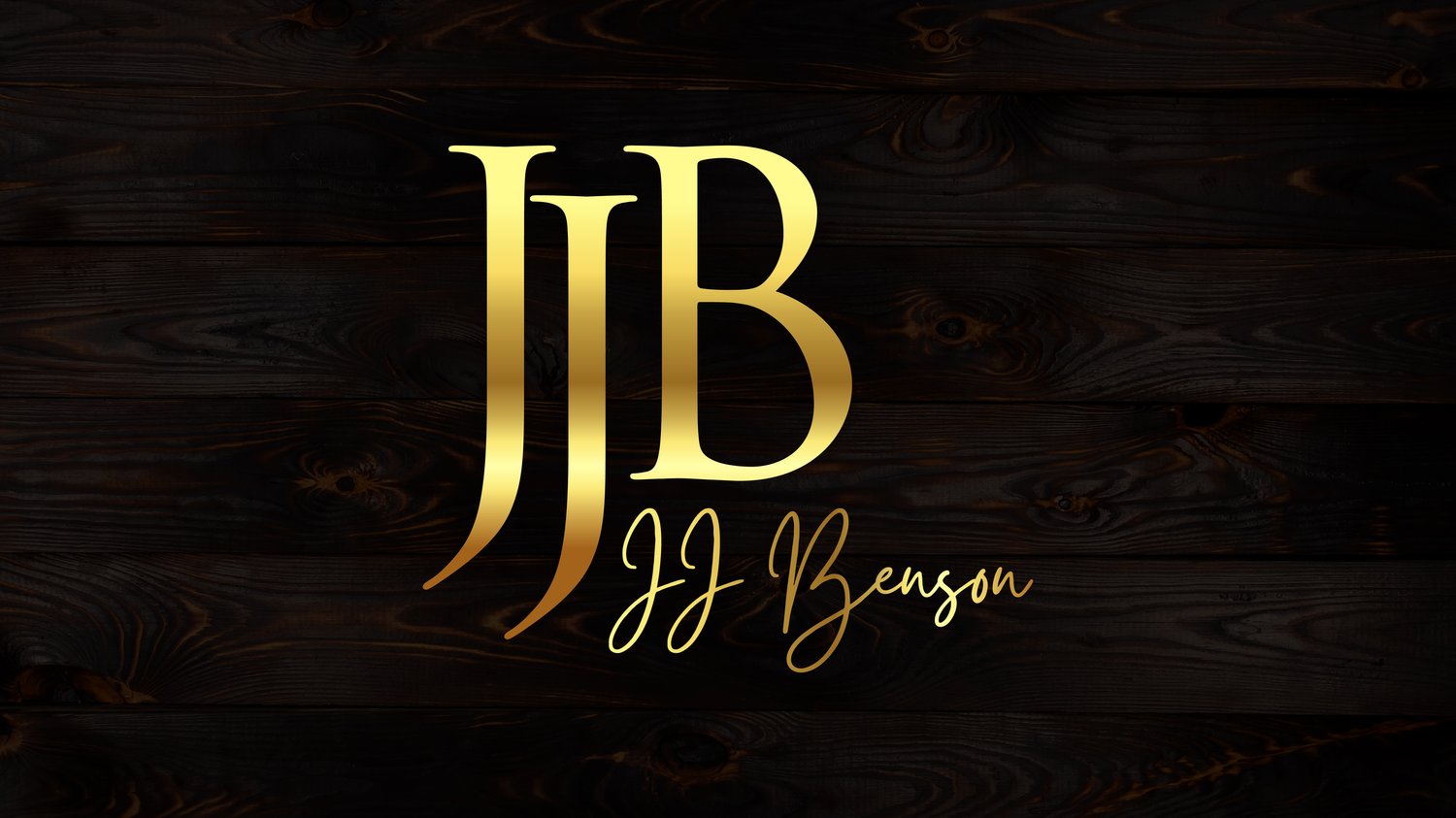Classic Wood Finish Options
To keep their luster and last a long time, wooden furniture, floors, and fixtures require protection. 'Polish' and 'varnish', which we all commonly refer to as 'finishes' for wood, help keep their natural sheen and prolong the life of wooden objects. In addition to protecting the wood, finishes help it retain the beauty of its natural grain. Painting wood is different from using wood finishes. While painting conceals the original beauty of wood, it can be used to enhance aspects of the overall construction, whereas wood finishes enhance the appearance of the surface of the wood.
The first type of finish for wood comes in layers, leaving a coating behind. Due to their oil-based nature, the second type of wood finish penetrates and does not form a hard film. Even though wood finishes can turn a lifeless wooden object into a vibrant decorative piece, they are often quite difficult to remove; especially if they soak into the grain.
Therefore, selecting the right wood finish will depend on your needs. These ten finishes each have a unique appearance and are stunning in their own right.
1. Varnish
Varnishes are the most common type of finish for wood, and they can be transparent or colored. Varnish is composed of oil, solvent, and resin and has a hard, durable, and protective surface. It can be used both internally and externally on wooden objects. In addition to its glossy finish, a satin or semi-gloss finish can be achieved by adding flattening agents. In addition to UV protection, varnishes dry slowly and provide better protection when applied over dyes.
2. Oil Finish
Finishing wood with oil improves its appearance. As time passes, the natural oils in the wood dry out. Oil finishes replace the natural oil and enhance the natural grain of the wood. With an oil finish, the oil penetrates into the wood rather than simply coating it as a result, the wood looks more rich and translucent.
There are two types of oils that can be used - drying and non-drying oils.
Drying oils become solid when exposed to oxygen, the most commonly used drying oil in linseed oil.
Non-drying oils include mineral and vegetable oils. Treatments like these are mostly used on wood surfaces for both interior and exterior surfaces and are a vital part of maintenance for items such as cutting boards.
3. Wax Finish
In woodworking, wax finishes are not very popular because the protection they provide is short-lived. Wax is easy to apply, but it takes multiple applications to achieve the desired effect and requires light buffing after application. A variety of different waxes with different properties are available and provide a uniquely beautiful finish with proper maintenance. They are available in liquid, solid, and stick forms. Various types of wax are used to finish wood. These come from plants, minerals, and animals and can be formulated into different colors. The waxes are available in both hard and soft forms, but even the hardest waxes are still softer than varnishes, as a result of which they provide little protection against scratches and wear and are recommended for decorative pieces.
4. Shellac
Shellac is a natural wax produced by insects and when a mixture of the collected wax with alcohol as a solvent is used on wood. Shellac is available in a variety of colors. Shellac can efficiently polish wooden surfaces. It is easy to apply and quick to dry and leaves the wood with a glossy finish.
5. Wood Dye
Wood dyes can either match the wood's existing color or change its color. In dyes, colorants are dissolved in solvents such as mineral spirits, alcohol, or water. Wood dye works in a similar manner that cloth dyes do, they bring about color changes without hiding the grains and can be either water-based or oil-based.
6. Wood Stain Finish
Staining wood changes or rather improves the color and the visibility of the grains. It is used to enhance the color of the woodwork and to achieve uniformity when there is inconsistency in the appearance of the wood. Wood stains come in a variety of colors, and the final outcome will depend on how many coats are applied. However, they don't protect the wood which is why we always follow up with a final coat of wood finish that must be applied to protect the wood.
7. Lacquer
When compared to other finishes, lacquer is a thin, solvent-based finish that dries fast. As it penetrates the wood, it nourishes it and improves the grains. It is easy to apply whether by brush or spray. Upon spraying, it evaporates while also curing the wood. When exposed to water, lacquer finishes can get scratched and damaged. Lacquer gives the wood a glossy finish.
8. Water Based Finish
There is less odor with water-based finishes than with oil-based finishes. Water-based finishes produce an exceptionally clean and clear finish. They contain acrylic resin along with urethane and alkyd and are thin in consistency and dry easily. After application, the liquid adheres to the surface as the water begins to evaporate leaving behind a natural appearance to the surface and is easy to maintain.
9. French Polish
French Polishing is a wood finish method that has been used since the 19th century and is considered one of the classic techniques of wood finishing. This is accomplished using a mixture of shellac and alcohol, which highlights the natural beauty of wood and gives the shiniest appearance to wooden surfaces.
10. Wood Preserve
The purpose of wood preserve is to prevent the wood from rotting and from being damaged by insects. The product comes in a variety of colors and a matte or semi-gloss finish and is used on the exterior of the wooden surface.


